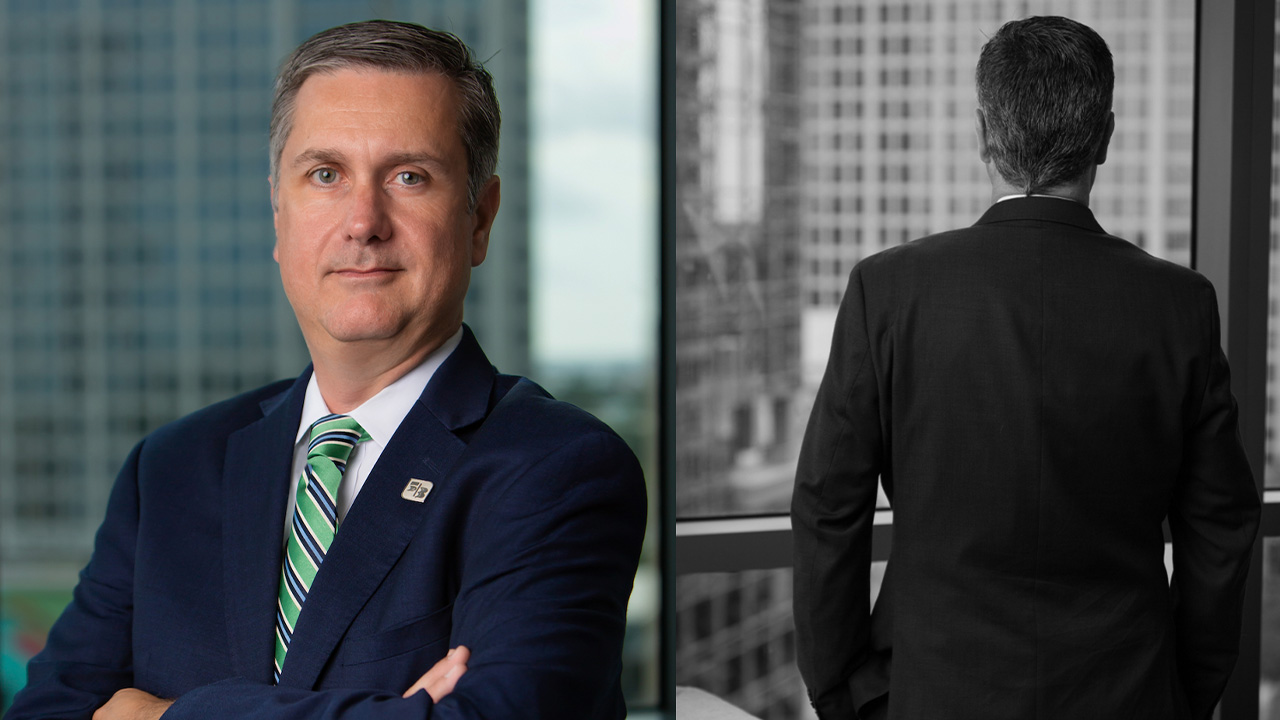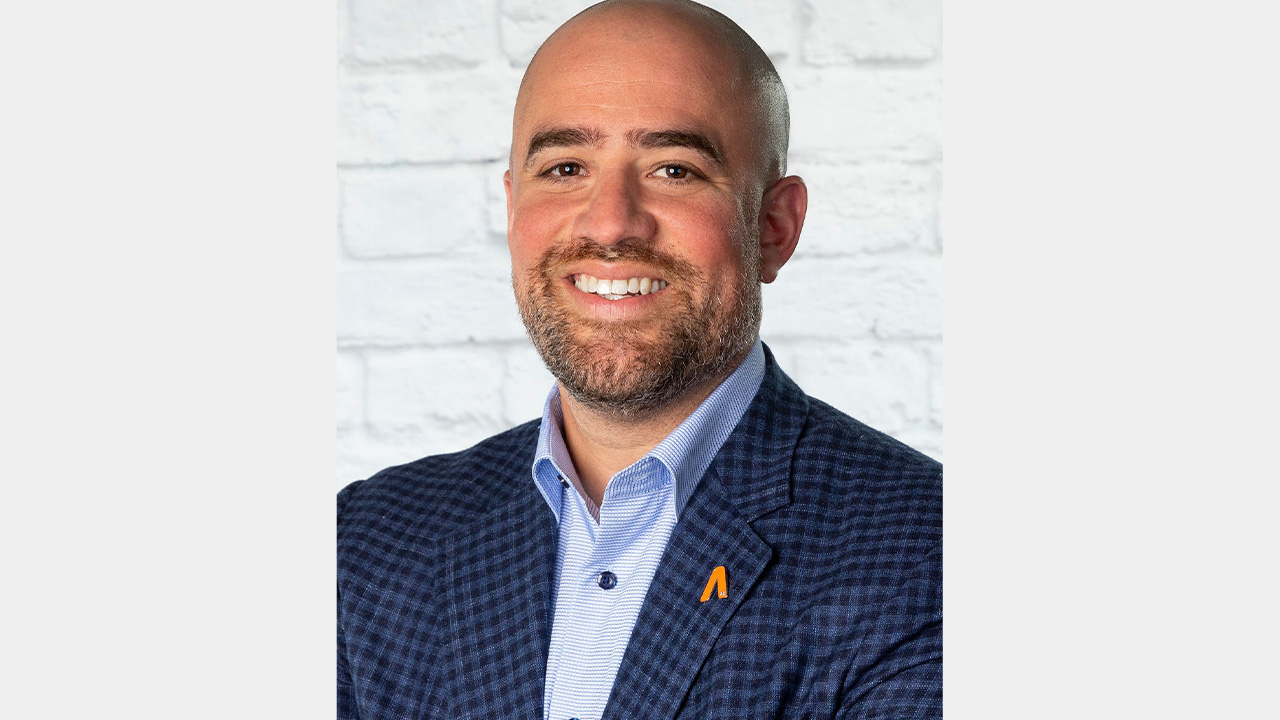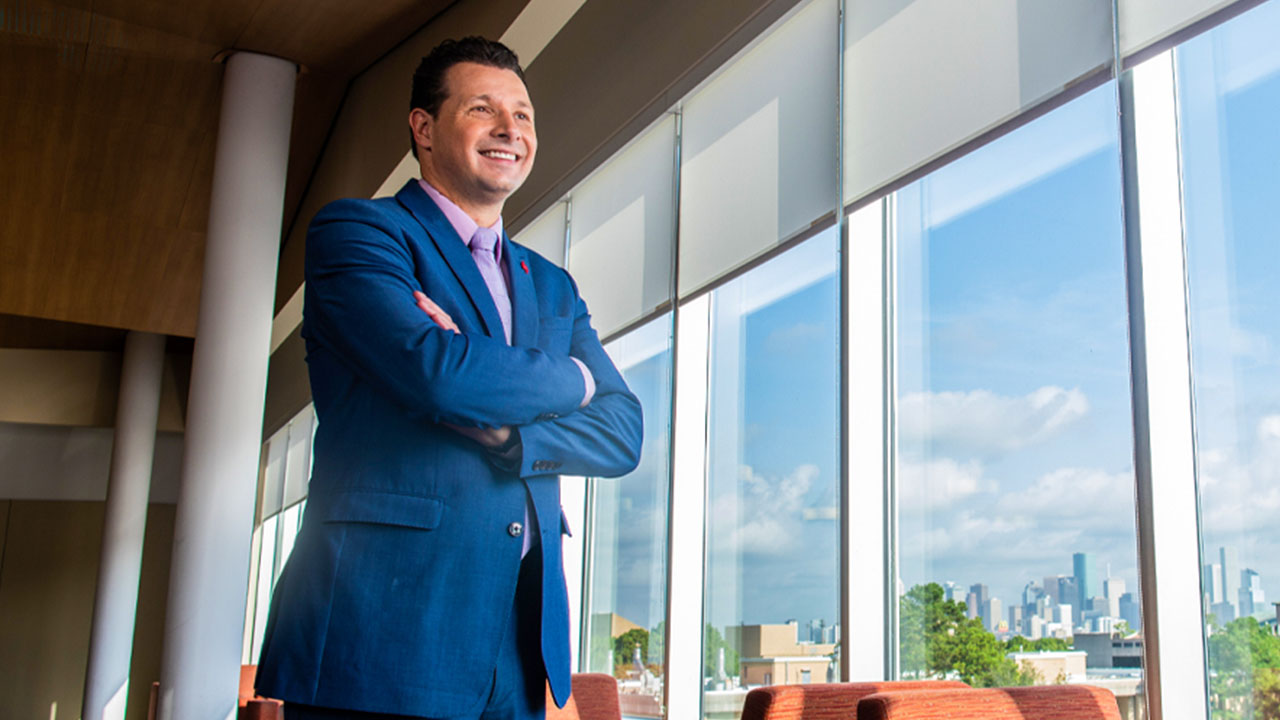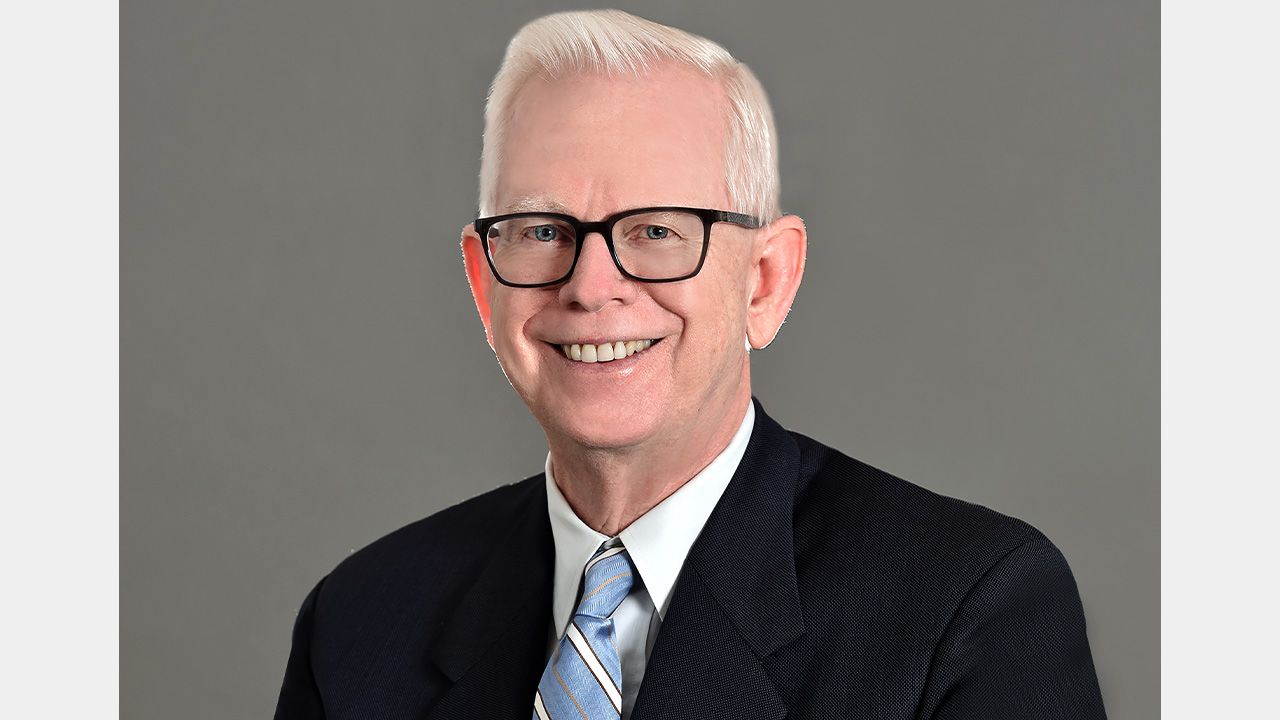Tom Jalics has a way of talking about markets and investments that is at once utterly accessible and undeniably erudite. The combination makes him a potent speaker, as he demonstrated at our last CEO Connect, at Dune by Laurent Tourondel in Fort Lauderdale. We followed up with the economist at Fifth Third Private Bank in order to hone in on personal investing, CDs, Treasury bills and the ubiquitous subject of interest rates.
The last time we spoke, which was at our CEO Connect, I brought up the subject of high-earning CDs, and you didn’t seem supportive of locking up your money beyond a few months. But there are some investors who have a hard time believing that interest rates will remain so high three, four or five years from now, so why not lock in a decent rate? It may not be the 5.5% or 5.6% for shorter-term CDs or bonds, but you may still score a rate that’s over 4%. I note that financial institutions are not offering call-protected long-term CDs at the highest rates, which tells me they aren’t betting on interest rates staying so high.
Let me answer your question a couple different ways. The first thing I would say is that I’m a bit agnostic on this. The way we manage money on behalf of our clients is that we sit down with them and suss out a plan with a wealth strategist—a person who has a little bit of estate planning attorney in them, a tax accountant in them, and a little trust and estates planner in them as well, and we come together and we talk about the purpose of this money. What are your goals, what are your objectives, and what kind of volatility can you tolerate? What is your tax situation? What liquidity do you have? Once we go through this in-depth questionnaire and we understand what our clients want, we offer them solutions to achieve these goals.
What you’re saying is that there’s no point in discussing a specific financial product without understanding the client’s particular situation and goals over time?
Typically, we’re looking out at five-plus years. It’s very rare that we can put together a really solid financial plan for a family that just says, “Hey, I only want to invest for one or two years,” because honestly, we’re pretty good at our jobs, but we don’t know what’s going to happen today, tomorrow, next week or next month. And that gets me to your point about interest rates. You know, I’ve been doing this job for 25 years, and the level and direction of interest rates has confounded investors more than any single thing in financial markets that I’m privy to, in my opinion. So, trying to make big calls about interest rates, I think, is a bit of a fool’s errand. Take what the market is giving you. When short-term interest rates for one year or less are paying you more than five years and up, why would you lock in your money for that amount of time? So again, the way we manage money is always to look at an individual, look at a family, look at an institution, and talk to them about what the purpose of the money is, and then offer a few different plans, a few different solutions, and then we’ll work with them to enact that plan. We don’t invest dollar one until we understand what the goals of a client are.
Your comments are reflective of the current inverted yield curve, right?
This is a bit jargony, but we have an inverted yield curve, so the short-term interest rates are paying more than longer-term interest rates. That’s very unusual. An inverted yield curve, given 89 years of a modern financial market history, tells you that we are late in an investment cycle, we’re late in an economic cycle, and then investors are kind of worried about the timely payment of interest and principal and credit, as well as an economic slowdown or recession—or maybe that the Federal Reserve has short-term interest rates set too high. It could be a combination of those things. My point is that it’s very difficult to predict the level or direction of interest rates. For the past 35 years, interest rates have been going nowhere but lower, but our bet is that this lower interest rate environment that we’ve gotten very used to over the last 30 years is likely over, and that we’re going into a new regime where interest rates are probably going to be higher for longer, and they’re not going to look like what we’ve seen from 2010 to 2020. The interest rate environment from 2010 to 2020 is very unusual and very low, and largely, to a certain extent, manipulated by the Federal Reserve and other global central banks coming out of the financial crisis. We think that period is over, so I think interest rates are normalizing today and they’re likely to grind higher from here, because I think inflation is going to be a little bit more persistent than what we’ve seen over the last 30 years.
How does the Treasury yield tie into your analysis?
Typically, when economies are growing steadily, you’ll see interest rates kind of grind higher. In a very generic way, the 10-year U.S. Treasury yield—whatever that yield is—is kind of a combination of GDP growth and inflation. And so, if growth in our economy is around 2% every year and inflation is somewhere between 2% and 3%, our guess would be that the 10-year Treasury should be around 4 or 5%. That figure is around 4.5% today; to us, that kind of makes sense, given the environment that we’re in. If inflation slows and the economy slows, then you can see lower interest rates, but if the economy picks up steam and inflation stays steady, our guess would be that interest rates would climb a little bit higher. To your specific question, take what the market is giving you. The market for zero to three months is around 5.25% for the highest quality bonds, and they’re completely liquid. For my simple brain, if somebody’s gonna offer me 5.25% for very short-term money and 4.5% for longer-term money, I’ll take the shorter-term money and then we’ll make adjustments should the interest rate environment change.
What do you mean by “completely liquid”? Compared to CDs?
Treasury securities are totally liquid. Sell whenever you want. It’s the largest and deepest secondary market in the world. There’s no penalty to sell a Treasury security (many CDs have penalties to sell). The price you get is dictated by the market. Depending on the price you paid for the Treasury security (not necessarily at par), what interest rates have done in between the time you bought and the time you sell, you may get a price that is different than the price you paid and/or the price of par. The closer the Treasury security is to its maturity date, typically the closer the price is to par.
Photo by Larry Wood
















